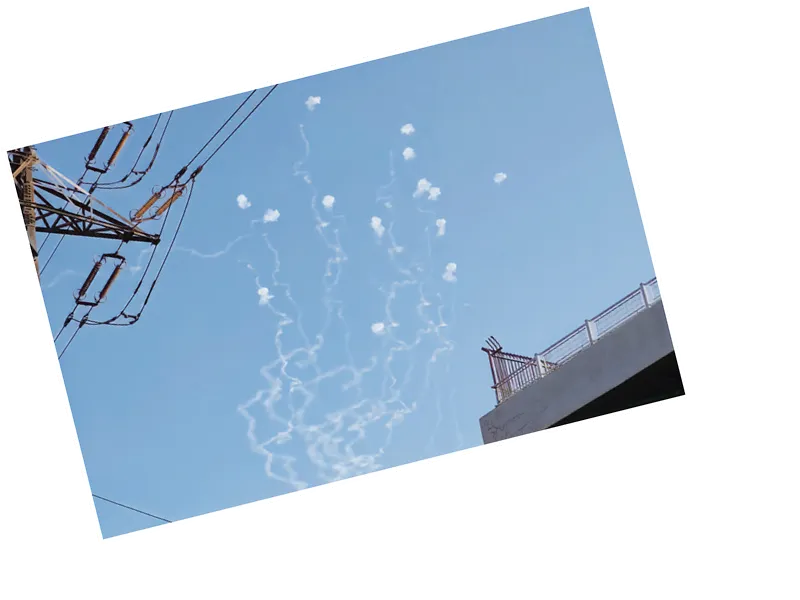The conflict has escalated significantly since October 2023, with both sides engaging in heavy bombardments and retaliatory strikes.
The targeting of medical facilities and personnel highlights the humanitarian crisis unfolding in Lebanon, exacerbated by the ongoing military actions.
Hezbollah's use of drones and missiles indicates a shift in tactics, aiming to inflict damage on Israeli military infrastructure.
If the current hostilities continue, the humanitarian situation in Lebanon may worsen, leading to increased casualties and displacement.
Further escalation could prompt international intervention or diplomatic efforts to de-escalate the conflict.
The ongoing military exchanges may lead to a prolonged conflict if both sides remain committed to their military strategies.
Israel has intensified its military operations in southern Lebanon, particularly targeting neighborhoods in Tyre and the southern suburbs of Beirut. The Israeli army has called for the evacuation of residents from 15 villages, citing the launch of 65 rockets from Lebanon into Israeli territory, including the Galilee and Haifa Bay. In retaliation, Hezbollah has claimed responsibility for bombarding three Israeli military bases and various gatherings of Israeli troops in northern Israel, utilizing drones and missiles.
The ongoing conflict has resulted in significant casualties, with the Lebanese Ministry of Health reporting the deaths of three paramedics and injuries to four others during rescue operations amid Israeli airstrikes. Since the escalation of hostilities in October 2023, Israeli attacks have targeted numerous medical facilities, leading to a reported 3,445 deaths and 14,599 injuries in Lebanon, alongside approximately 1.4 million displaced individuals.
Israeli airstrikes have specifically targeted Hezbollah military headquarters in Beirut's southern suburbs, with significant damage reported in areas such as Shiyah, Bir al-Abed, and Burj al-Barajneh. The Israeli army has also conducted raids in the Haret Hreik area, further escalating tensions in the region.






